Deciding on the right hearing aid for you can be a confusing and sometimes overwhelming experience with hundreds of models to choose from.
This guide has been designed to help give you foundational information on hearing aids, so you are better equipped to more confidently navigate your way, through what some clients describe as a minefield, towards better hearing.
If you want the information contained here as well as so much more, organised and indexed in an easy-to-read format then the Hearing Aid Buyers Companion is for you. You can download your free complete copy below instantly.
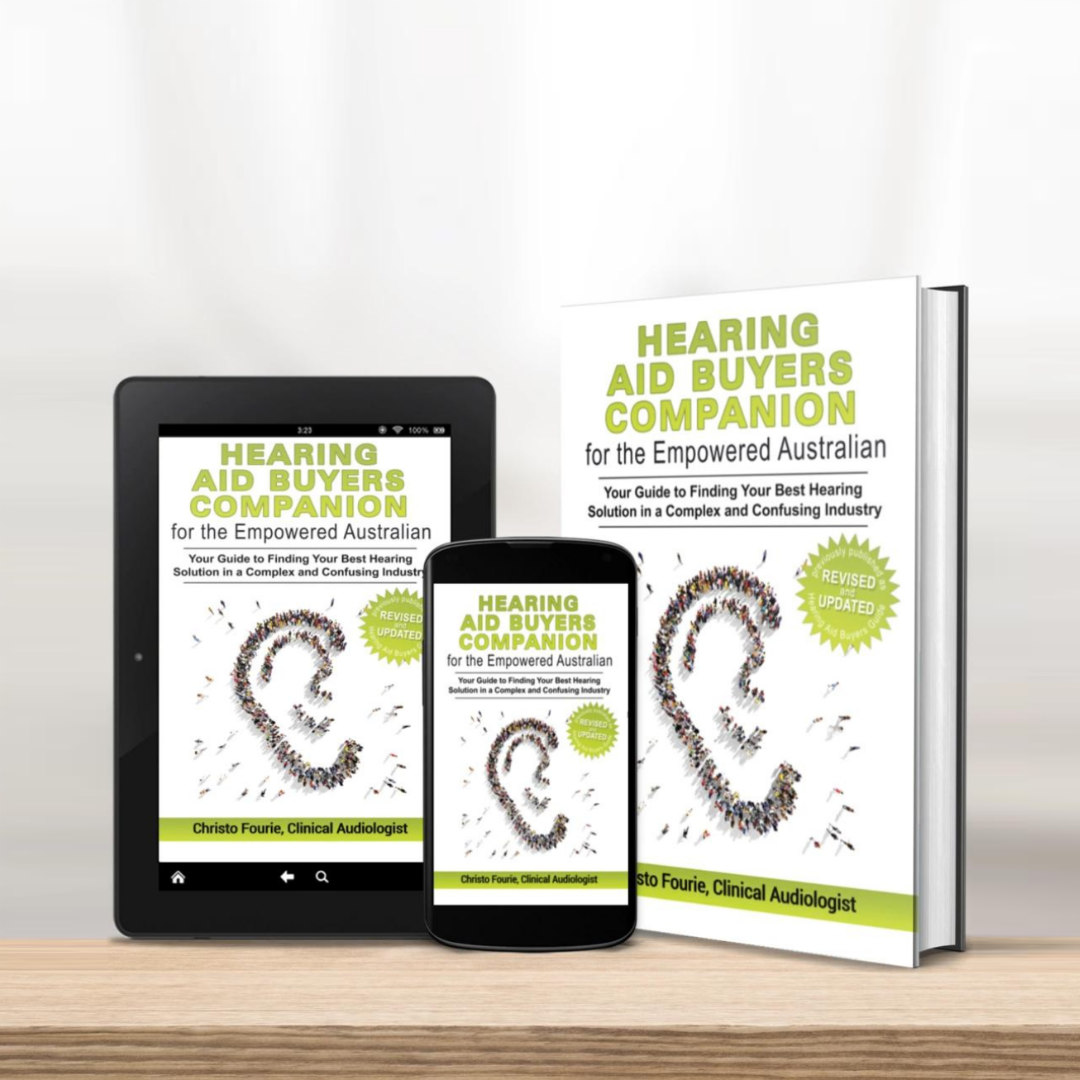
Valued up to $35 on Amazon and Booktopia.
Hearing aids can work for several types of hearing loss. For certain kinds of hearing loss, surgery or medical intervention might be a better option. That is why a comprehensive hearing test is your very first step. This assessment will help you figure out what your next step should be with professional guidance.
In order to be successful with hearing aids, you absolutely need to be motivated to use hearing aids. Without appropriate motivation, you are setting yourself up for failure. It has been claimed that up to 1 in 3 people don't wear their hearing aids after 1 year. Motivation could play a big part in this. You need to determine who are you getting hearing aids for? Is it for yourself or is it simply to placate someone else?
You will also need to find a good audiologist to help you on your hearing journey. Going it alone, such as by buying hearing aids online, may be more likely to result in failure. You will need to find someone who takes the time to understand you, doesn't use pressure to force you into a choice, and someone you feel comfortable with. We discuss how to find a good audiologist near you as well as what to look for in a hearing care professional.
Things can go wrong and hearing aids might not work for you. This is especially true if you end up selecting the wrong one for your needs. Frustrations often revolve around difficulty hearing in noise, hard to handle or uncomfortable hearing aids, even if you invest in more expensive hearing aids.
There are several reasons for these difficulties in background noise and the reason tends to be unique for each person. As such treatment options should also be very individual for the best results.
With the right hearing aid, you should find a dramatic improvement in your quality of life, energy levels, cognitive health and emotional well-being in general. Hearing properly is also critical to emotional and brain health. Hearing Aids tend to last around 5 to 7 years, so getting them adjusted just right is important along with ongoing aftercare to ensure they are kept working optimally over time.
Hearing aids have changed dramatically over time. We have seen clear improvements in performance, sound quality, size, and comfort from one generation to the next. Always make sure you get the latest model if you are looking for new hearing aids. Some providers may sell older models or defeatured models under their own private hearing aid label and swear that they are the same as current models. This may not always the case.
Here are a few things you should know about hearing aids:
How hearing aids work
We have a detailed article going into more depth around the various parts of a hearing aid here.
Hearing Aids come in various technology levels, each with more features than the previous. Don't let this confuse you. Only certain features really matter.
Premium Hearing aids are also the most expensive but also have the most features. They are often recommended as default if you mention that you frequently need help to hear in noisy situations. This is only true if your unique ability to hear in background babble noise is not taken into account.
By testing people's unique ability to hear speech in background noise, we find that only about 36% of people need premium (top-end) hearing aids to do well in noise. So this level of technology tends to be over-prescribed. Without speech-in-noise testing being used, you may end up paying for more than what you need. Very limited early data suggests that getting too much support from a hearing aid may possibly make your brain lazy!
Most of these devices tend to have exceptional sound quality, Bluetooth streaming, are automatic and some even use rechargeable batteries. Depending on your unique needs in noise as well as the specific features of the aid, one of these aids might be suitable for you. Just make sure it is the latest generation of device and be wary of white-label hearing aids.
Advanced Level Hearing aids are less expensive than premium-level hearing aids but still have plenty of the latest features. They often perform close to previous generation premium levels. They are typically recommended when you tell the clinician you cannot afford the premium level but still need help with background noise
Our specialised testing using your individual hearing in noise requirements show that only about 21.5% of people actually need advanced-level hearing aids. As such this level is also often over-prescribed when the speech in background noise testing is not performed or when the speech in noise test results are not used to help determine the correct prescription for you.
They all tend to have performance in quiet equal to premium models, often come with Bluetooth connectivity and some also feature rechargeable batteries.
Standard Level Hearing aids generally offer a good mix of features and technology. They often perform close to previous generation advanced level hearing aids. They offer the same performance in quiet as more expensive models but feature less capable noise reduction. This is only an issue if your brain actually requires more help with background noise. This can only be assessed via speech in background party noise testing, done correctly and at loud but comfortable levels.
Our unique hearing aid selection process shows that around 27.2% of people need only Standard level hearing aids to do very well in all kinds of hearing situations. This level of technology appears to be massively underprescribed.
These hearing instruments all have performance in quiet equal to higher level models, can come with Bluetooth connectivity and some also feature rechargeable batteries.
Essential Level Hearing aids are generally well-featured hearing aids, with great performance in quiet, comfortable fit, good sound quality, Bluetooth Capability, Rechargeable options, and more. They do however have a limited ability to clean up background noise to make speech understandable. Fortunately, some people don't need these to hear well in most situations.
18.6% of people would do as well with essential level hearing aids as with premium level hearing aids in noise, when we look at our data using speech in background noise tests.
Unfortunately, speech in party noise testing, which would determine the correct level for you is seldom used.
So this level of technology is often not prescribed, even though some people would do perfectly well with these without having the spend premium level money.
These devices can include Bluetooth, Phone apps and rechargeable batteries.
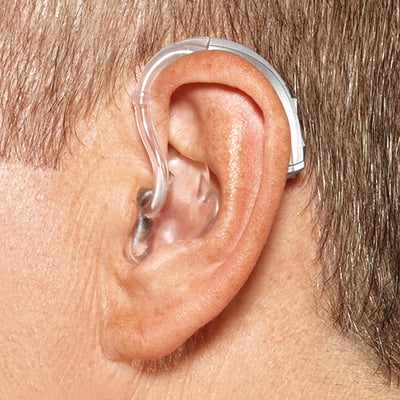
The most common hearing aid type is the Behind The Ear hearing aid, recognisable from their compact case which sits right behind the ear. Durable, easy to clean and maintain and ease of use are just some of the advantages of the BTE hearing aid...
More information
Virtually invisible and one of the more aesthetically pleasing hearing aid type, CIC hearing aids are most suitable for those with mild to moderate hearing loss. They're custom made for the wearer with a high quality and natural sound
More information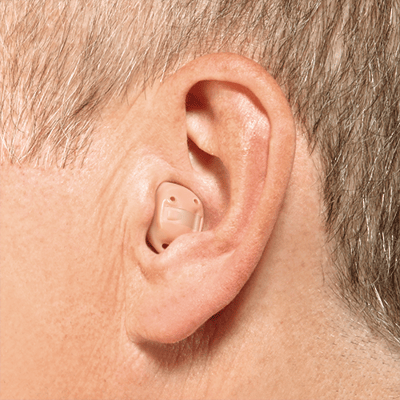
Incredibly popular with wearers of ITC aids, these discreet hearing aids are custom fit to your canal, providing excellent sound quality and greater manual control. They're also easy to insert and remove, and work remarkably in noisy environments..
More information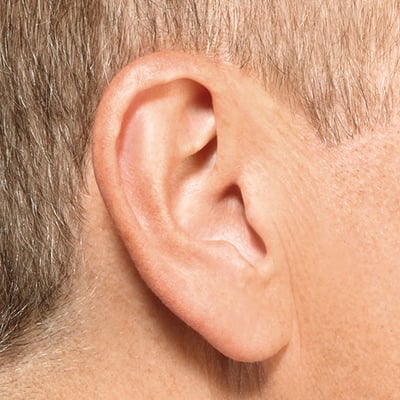
IIC hearing aids are the smallest type of aids available on the market. Producing a clear and vibrant sound with minimal sound distortion due to it's location close the ear drum. Suitable for mild to moderate hearing loss
More information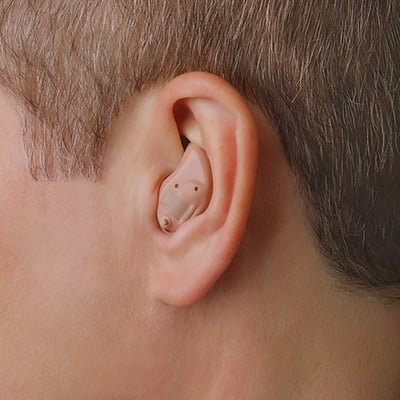
Suitable for those with mild, moderate or severe hearing loss, In The Ear hearing aids are leaders in the field when it comes to battery life. While they are visible, they provide excellent noise reduction and easy access to controls
More information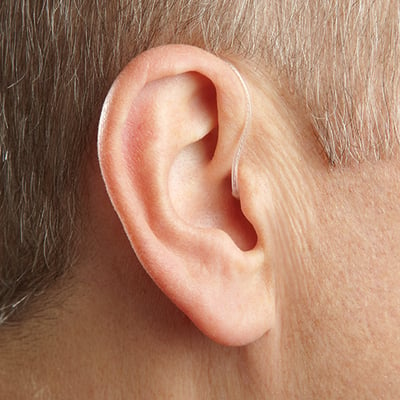
Combining the best features of the ITC and BTE hearing aids, Receiver In The Ear hearing aids are small and visually discreet, while offering flexibility, high sound quality and power. Suitable for all levels of hearing loss, these hearing aids are a popular choice due to the sound quality and minimal visibility. Small enough to be discreet and large enough to house advanced technologies such as directional microphones and bluetooth
More information
Half Shell In The Ear hearing aids are powerful yet cosmetically appealing devices that occupy that lower portion of the outer ear. Whilst not as discrete as other options, their size enables the addition of many wonderful features like volume controls, directional microphones and special settings for various listening environments
More informationAs an independent audiology business, not owned by or aligned with any particular brand, we have all the major brands available. This means that our clinicians are free to help you choose the best hearing aid for your needs from all the best models available in Australia. Wouldn't you prefer having the best options currently available to you rather than just what the clinic sells?
It is estimated that around 90% of hearing clinics in Australia offer one or only a very limited number of brands. This appears to be particularly true for the larger chains.
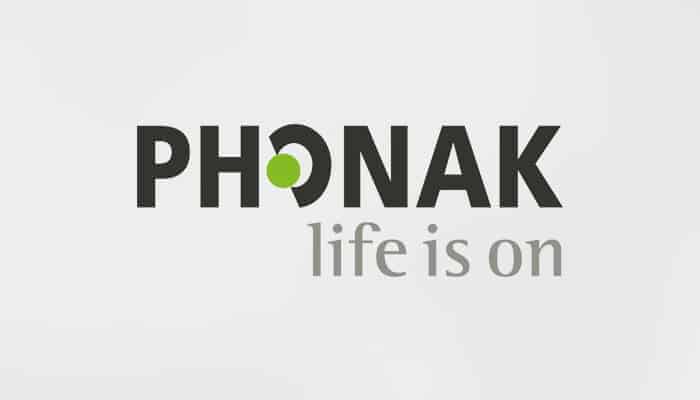
Phonak is a premium Swiss hearing aid company owned by Sonova. Phonak is one of the largest hearing aid manufacturers in the world and has always been at the leading edge...
Learn about PhonakOticon hearing aids is a subsidiary of William Demant Holdings in Denmark and is undoubtedly one of the largest hearing aid manufacturers in the world, with their own cha...
Learn about Oticon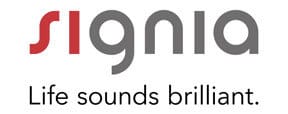
Sivantos has bought Siemens hearing aids and are rebranding as Signia. With Signia, Sivantos starts a new chapter in forward-thinking hearing solutions with expertly engi...
Learn about Signia
GN ReSound is among the world’s largest manufacturers of hearing aids. Since the company was founded in 1943, ReSound has been known for great sound quality, design excel...
Learn about Resound
Unitron was originally a Canadian hearing instrument company, who was bought by Sonova, the same company who owns Phonak hearing aids, several years ago. Their research a...
Learn about Unitron
Strengths: Makes the smallest invisible hearing aids on the market Decent programming flexibility for the clinician, so most can be fine tuned. Great range of styles for ...
Learn about Starkey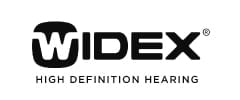
Widex is a Danish hearing aid manufacturer that has lead the field in excellent high fidelity sound quality. Their sound quality has become known as Widex sound and in th...
Learn about Widex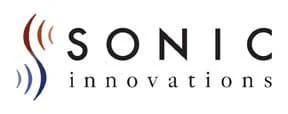
Sonic Innovations is an American hearing aid company which has been bought over by William Demant Holdings, in November 2010. William Demant Holdings also owns Oticon and...
Learn about Sonic
Bernafon is a Swiss Hearing Aid Company that is part of the William Demant group who also owns Oticon and Sonic Innovations. Bernafon offers great technology, such as Cha...
Learn about Bernafon
Siemens is a well known producer of electronic equipment in almost all industries. Siemens often innovates with new technologies and were the first company to introduce b...
Learn about Siemens